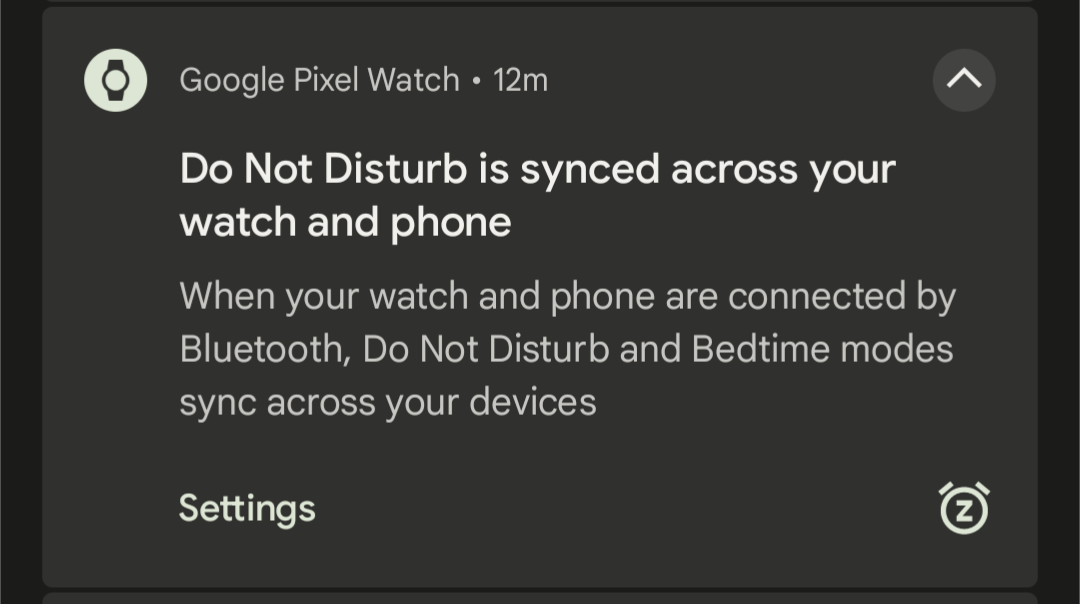Welcome to The BitForged Space! We've moved here from The Outpost - so this instance may look a bit familiar to you!
The Outpost was running on some pretty inefficient hardware, and for those who used The Outpost may have noticed that things were... quite slow at times. It didn't start that way either! Sadly, while in theory the hardware should've been able to support it, the fatal flaw was the spinning drives in the system - which while The Outpost wasn't ran on said spinning drives (it was ran on an SSD within the system), the delay from other VMs running on the spinning drives seemed to just drag the whole system down.
Myth (one of my best friends, who also has impeccable systems administration skills) and I have joined forces to create BitForged, which is a large network of various services, some of them being public (such as Lemmy here, and our Mastodon instance called BitForged Social, and some of them being private. With the both of us running various services on this system, we decided a much beefier system would be required so we have the following system specs now:
- A Ryzen 7950x
- 192GBs of DDR5 RAM
- 2x4TB NVMe SSDs
This system runs as a Hypervisor utilizing Proxmox which is a fantastic piece of software that we both would recommend to anyone who wants to get into utilizing VMs (which uses qemu/KVM under the hood) and Linux Containers ("LXCs")!
We have two locations, our North America (United States) node, and our Europe (United Kingdom) node. BitForged Space and BitForged Social run on our North America node, and some other services will be ran from our Europe node. This is a shift from The Outpost, as it was previously ran in the same datacenter as our UK node. This doesn't have too much on our content rules, as The Outpost's rules on content was always "Nothing illegal in a fair amount of jurisdictions" and that rule (along with all our other rules) will carry on here.
Our EU node is undergoing some maintenance to clean up the prior infrastructure that was on there (Also known as "System86" which was Myth's infrastructure, while mine was known as "ZeusNet") - but our NA node has been designed from the ground up with a culmination of decisions that we both wish we had knew about when we were getting started.
The Outpost will of course remain online for a while since the hardware won't be going away completely, though we would like to get the drives replaced and potentially either turn it into more backup nodes (ZeusNet was also a two-node cluster, with a pretty decent amount of RAM and with decent CPUs - it just couldn't handle everything that was running on it) or revitalize it as additional nodes for the BitForged cluster - or we may just decide to drop one or both of them completely (hardware isn't cheap!). All of that is still in the planning phase, and will be given more thought after we've had an opportunity to build up the new infrastructure.
Everyone is welcome to join us on continuing our adventures in the Fediverse, whether you're from The Outpost, or you're new to us in general. All we ask is that you agree to uphold our rules, we think they're a fair set of rules that most people would have no problem agreeing to. If you have any questions, please don't hesitate to reach out to us!
- The BitForged Team



Strange! I quite like Ventoy, but I was a bit cautious to recommend it originally - I've seen some distros just flat out not work with it (I just picked up an old Thinkpad and Bluefin would not work via Ventoy for example), and while I assumed Mint would probably work, I couldn't be sure.
I'll definitely remember that for the next time I see someone installing Mint though, so I appreciate you letting me know what fixed it!